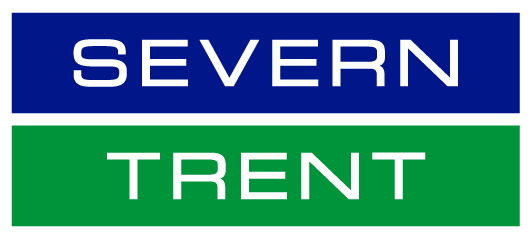DWMP23
DWMP23 helped us to focus our investment from 2025 to 2030. It shaped key areas like storm overflow reduction, sewer flooding improvements and making sure our sewage treatment works can handle more people as communities grow.
We’re also working on the next plan, DWMP28 (Cycle 2). This will be published in 2028 and will help us decide where to invest from 2030 to 2035.
Continue reading to see the DWMP23 plan and click the button below to learn more about DWMP28: Our next five-year plan, which will provide evidence to support our business plan from 2030 to 2035.
Exploring the Challenges Behind Our DWMP
Below, you’ll find a series of short videos that explain the future challenges we’re planning for, like climate change and growing communities, and how we can all play a part in tackling them together.
Future challenges
Bob Stear, Chief Engineer, explains how the Drainage and Wastewater Management Plans (DWMP) address future challenges like climate change, population growth, and urban development to protect rivers, prevent flooding, and ensure a resilient wastewater system.
Sustainable drainage
Adam Boucher explains how Sustainable Drainage Systems (SuDS) mimic nature to manage rainfall, reduce flood risk, improve water quality, and enhance local biodiversity as part of future-focused Drainage and Wastewater Management Plans.
Avoiding blockages
In this video, Grant Mitchell, FOG Strategy Lead at Severn Trent, highlights how educating households and food businesses on proper waste disposal helps prevent sewer blockages caused by fat, oil, grease, and non-flushable items.
Storm overflows
Wilfred Denga from Severn Trent explains the vital role of storm overflows in preventing flooding, how they're monitored and maintained, and the company’s long-term commitment to reducing environmental impact through the Get River Positive program.
Flooding
Megan Toop-Rose explains how we tackle home and garden flooding through network maintenance, public awareness, advanced monitoring, and close collaboration with flood risk partners as part of our long-term Drainage and Wastewater Management Plan.
Looking after our assets
Chris Giles showcases how the wastewater operations team maintains thousands of kilometres of underground pipes using advanced data, sensors, and inspection technology to prevent blockages, protect the environment, and ensure reliable service for customers.
DWMP Documents and Structure
The DWMP framework, developed by Defra, provides a national approach for how sewerage companies plan for the long-term management of drainage and wastewater. It helps us assess future risks and work collaboratively to develop sustainable, joined-up solutions.
Below is a set of documents that follow the framework’s requirements. The diagram shows how they are structured and how they fit together.
Level 1 | Company Level
This short guide explains the aims of the DWMP and our long-term objectives. It provides an easy-to-read summary of what we are proposing to deliver in the short, medium and long term.
This document, is aimed at regulators, planners, other drainage or infrastructure providers or informed customers who wish to get an overview of the approach that we have followed and understand the findings.
It also sign posts to appendices and a series of technical summaries which then provide fuller details into each aspects of the process and how we have developed our best value plan.
Level 2 | Strategic Planning Areas
Across the Severn Trent region we have 957 wastewater treatment works (WwTW), and so based on the location of the catchment we have collated catchments into strategic planning areas.
We have 14 strategic planning areas (SPA) which are aligned to river basin management areas. These documents complement the Level 1 Non-Technical Report by providing more detail of how our DWMP best value plan relates to different areas.
Level 3 | Wastewater Treatment Works Level
For each SPA area, we have provided further detail on each of the 957 WwTW catchment, grouped into their SPA.
To accompany our final DWMP we have produced 11 documents to provide more detail.
Background Detail
These comprise of a series of more technically focused documents which provide more insight into how we have undertaken our DWMP.
These are signposted from the Level 1 non-technical overview.
These show the outputs of our 2019 Risk Based Catchment Screening (RBCS) and 2020 Baseline Risk and Vulnerability Assessments (BRAVA).
We have also provided a ‘Glossary of Terms’ to explain some of the terminology and acronyms we have used within our DWMP.
Finally, to make it easier for organisations to identify which WwTW drain their areas, we have also published a spreadsheet to help identify areas of interest.
This document provides assurance that our Board has signed off our final DWMP.
Draft Plan Documents
Explore Your Catchment Area
Use the map below to see the areas we serve and how our wastewater catchments are divided.
Click on a catchment to access related planning documents. You can zoom in, zoom out or enter a postcode to find a specific location.
For the best view, open the map in a new window using the button below.
